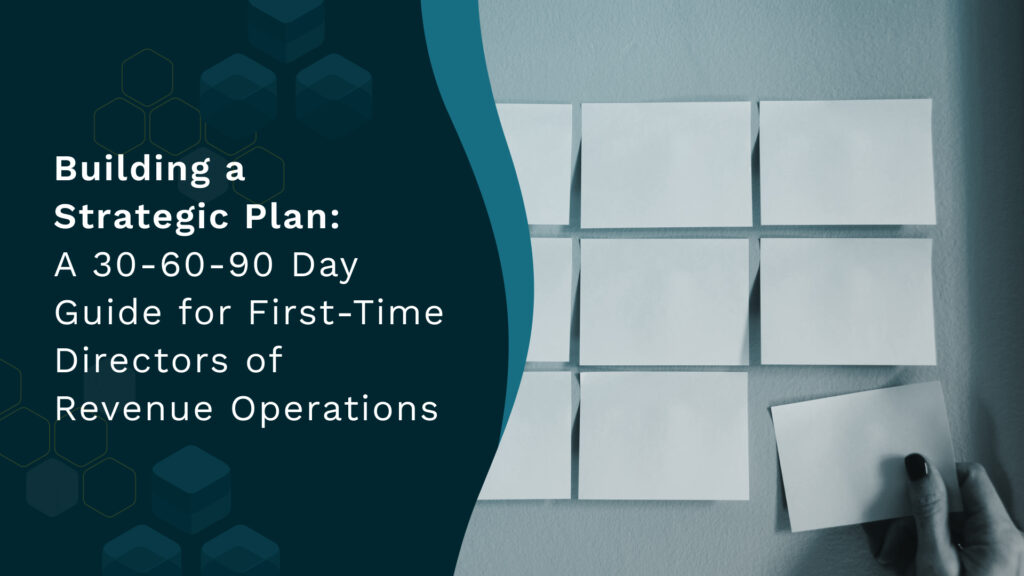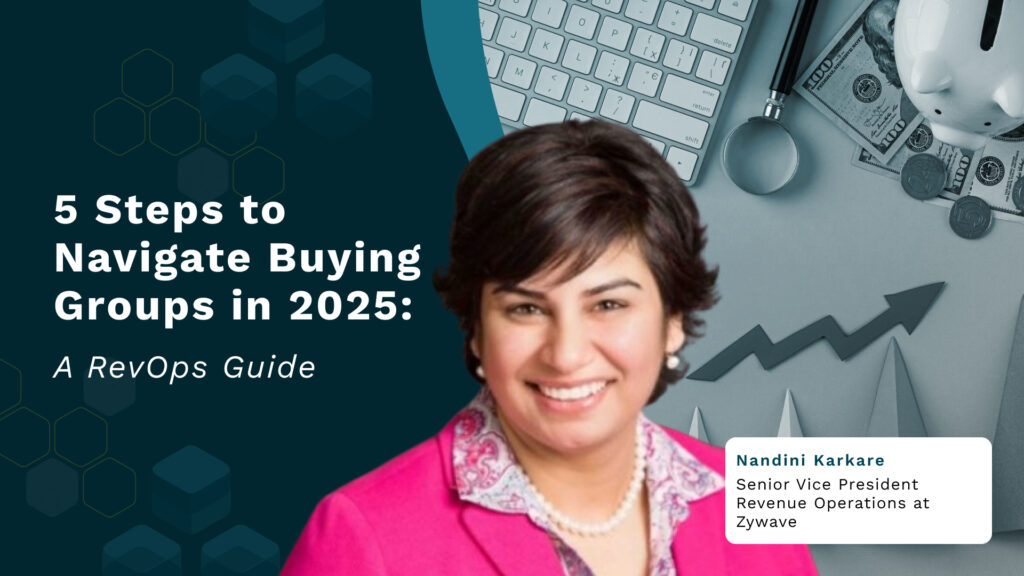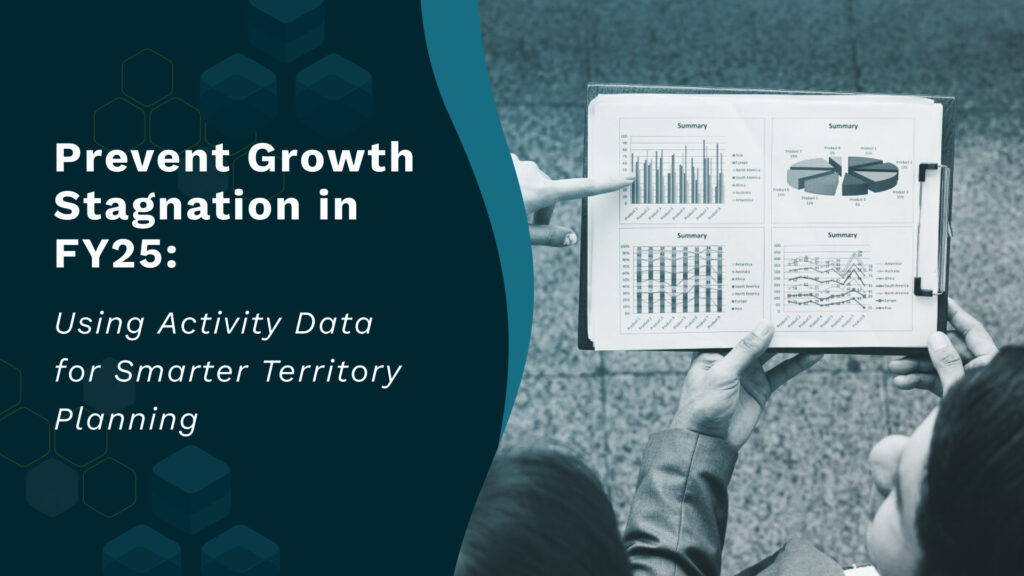
Reasons Behind Low B2B Conversion Rate of 1.1%(Video + Transcript)
Wondering why your B2B conversion rate is so low? This interview with Abhijeet Vijayvergiya highlights some top reasons.
With companies like Salesforce witnessing astronomical growth of $251 billion in 2021 and venture capital flowing into the space for incumbents, it seems like a great time to be in SaaS. While this is true, the reality is that the B2B conversion rate for sales in SaaS is as low as 1.1%.
Knowing the reasons for this low B2B conversion rate can help you improve your current B2B sales processes. In this interview, Abhijeet Vijayvergiya, CEO at Nektar.ai, who went from a seed to scale hyper-growth experience in Capillary Technologies, uncovers the reasons behind the low conversation rate in B2B sales in SaaS and shares his experiential knowledge on how businesses can find solutions to better their numbers.
Want to see more content like this? Subscribe to our blog here.
FULL TRANSCRIPT BELOW
Host – Abhijeet, welcome to this special show on Extraordinary Outcomes where we are focusing on the 5% conversion problem in B2B sales. I’m very happy that you could make time and join us today.
Abhijeet – My pleasure, Subhanjan. This topic is very close to my heart. I’m really looking forward to speaking with you today.
Host – B2B Lead to Sales conversion ranges anything between 1.8% to 8%. This range is based on geography, industry etc. So what got us here, Abhijeet?
Abhijeet – I can talk more from a B2B SaaS perspective. That’s where I have spent most of my experience.
For SaaS, the funnel is not the traditional funnel. It’s basically a bow-tie. If you include the post sales part of it, it further gives a very poor reflection of initial leads and non-spam website visitors, or the initial contact you had from your database, to the revenue you eventually retain – that further goes down.
2% is actually on the better side of it. It goes even further lower. I think 2% would come down to like a closed won, from a lead stage. But it goes further down as you get to renewals from the SaaS side.
In the last five years alone, the spend in sales tools have gone up 3X. Whereas the average quota attainment across B2B sales teams in the B2B sales in SaaS industry has fallen by 40% year after year. The advent of the internet, as you pointed out as well, has accelerated a lot of things but it has also made a lot of things more complex.
What you see today is a world that is very digitally cluttered, there is a lot of noise and too few signals that exist. So whether you look at inbound or outbound, everybody is seeking out attention. There is so much noise that has been thrown out, both to sellers as well as to the buyers. It becomes very difficult to make sense of anything.
Add automation to it. The early part of the SaaS industry from 2005 to 2015 was largely around driving automation. There have been a lot of success stories around automation. There are companies like UiPath that have hit massive IPOs now.
But what automation has also done is it has multiplied the problems that existed at a root level. You automate, you start doing more of the same thing, and you do it faster. So the problem just gets multiplied. We haven’t solved for the context and personalization that is required in B2B sales.
It is all about somebody who is having a pain, a very deep, unmet need – and you have a solution that can address that. And it’s the right timing for them to consider the solution which can help them either save money or get more business. You need a lot of context to understand that.
That’s where value selling or consultative selling comes in. Unfortunately, when you bring in automation without solving for context and personalization, you make your salespeople efficient by targeting a lot more people but they are getting targeted without any context.
And everybody is getting bombarded left, right and centre with either a lot of content to consume from an inbound perspective or a lot of cold calls, emails, LinkedIn messages etc. from an outbound perspective – which doesn’t help anyone.
Fundamentally, I think sales teams still go about pursuing sales as an art and not as a science. Data holds a lot of key and leadership teams use a lot of data. Even in conventional industries, at a top level, decision making still happens through a lot of data analysis.
Even in B2B sales in SaaS, leadership teams use a lot of data to make decisions. But that data driven mindset or approach doesn’t go down the route, or doesn’t go cross-functionally. Both the horizontal and vertical depth is not there in terms of using data.
Another thing that I have also personally experienced and seen in a lot of sales teams I advise and start-ups I help is that there is this founder driven sales process. This initial core team which has sold the product. They do it pretty well, their conversion rates are very good.
They convert almost every customer conversation because they are very contextualised. But as they graduate from a founder-led or an initial rockstar driven sales process to a predictable sales engine, or a SaaS sales flywheel as we call it, a lot of systems fail and a lot of start-ups start experiencing lower conversion rates.
This means that the playbooks that worked before are either not useful now (which cannot be the case because playbooks have proven themselves through iteration of product market fit). But what it means is they have not been operationalized at scale so that everybody else in the organization follows it.
So as you are expanding very fast, hiring more salespeople, hiring more marketing people, hiring more customer success people – how do you get everybody in the go-to-market team to follow your best sales playbook that has really helped you in the early days?
And what I have seen typically happening is most of the B2B SaaS has a lot of venture funding and a lot of VC interest. So you have a lot of capital that you throw at the problem. You will hire a lot of sales people, you will force the growth, but you will still not fix the problem of your funnel, which is basically not solving for the root cause.
You could probably do a little bit of enablement and coaching. But instead of investing there, you’re still doing a lot of hiring and firing a lot of people. And I made that mistake personally as well. I can speak from experience and I’ve seen a lot of other companies do that.
And that results in another big pain point where your conversion rates don’t improve. But then you throw more volume at it. So your effectiveness and efficiency in terms of your cost of acquisition of customers etc goes down.
You brought a very interesting point as well, which is around the buyers being at a very different place. And that’s happening right. By the time your sales person gets in front of the customer and starts asking those discovery questions, the buyer would have already evaluated competitors, seen YouTube videos, attended webinars, and would be at a very different place in terms of their expectations from that discussion.
It most often leads to a big disappointment from both sides where the seller is at a very different stage in terms of their sales process because they are following it, and the buyer is at a very different stage in the buying cycle, where they are expecting something very different from the conversation.
Everybody is focused on what is my lowest hanging fruit, which deals can I focus on to get my numbers this month or quarter. But are they looking at what I need to do today to meet my next quarter? Do I have sufficient pipeline cover? Do I have the right use cases identified which I can go into a sales meeting with and be able to place them in front of my buyer and get them better conviction? None of those things happen, right?
If you look at coaching in general, which is very important in sales, how much time does a manager spend with a sales person in coaching? Probably less than 30 minutes a week. And that also goes into pipeline inspection and forecasting. Or probably one or two deal reviews. But not in coaching or developing the rep.
The problem becomes even more paramount with mid-market where there are different challenges to navigate. Obviously they have the advantage of moving faster compared to bigger enterprises where things are pretty slow, while they might have more resources.
Host – What are the fundamental changes that you think are required to fix this scenario?
Abhijeet – I actually started a company to do this where we are reimagining the future of B2B sales. I got really passionate about this whole pain point around quota attainment which is probably resultant of the broken funnel and various other things we spoke about.
I really wanted to go ahead and do something about it. So I rolled up my sleeves and became an entrepreneur and started Nektar.ai last year. We focus on thinking afresh on what the future of sales should be and how we reimagine that new future.
So how do you connect the dots? I believe that’s the big pain point which I think is largely broken. Most CRMs, if you look at them, are all built as systems of record twenty-thirty years back. There are so many data points that are getting generated which most of the traditional tools, software and processes could not even have imagined that would exist.
Who would have thought even five years back that there would be a video interaction that could be recorded between a buyer and seller?
Fundamentally, I think everything connects back to data. And data will get incredibly more important as digital transformation happens. A lot of digital data is getting generated, but it is creating a lot of silos. And it’s not getting captured properly anywhere.
CRM is supposed to hold a lot of this data but CRM’s tables are not even equipped to hold all of this data. So how do you solve it, right?
So that’s where I think organizations have started looking at customer data platforms to create a single data lake or a single view of their customer/buyer and things like those. This again is going through a lot of transformation. So it’s an exciting time. We are living in the age of digital data.
So that needs to be in the roadmap of your organization. How do you capture the data that’s getting generated across your revenue function internally and externally. And how do you bring that data together?
Once you have that data captured, how do you analyze that data to drive intelligence across your organization and drive visibility. This is very important. If you have that visibility, it creates accountability. If there is accountability, you prioritize actions which are important to hit those common goals.
And which is what will drive a lot of productivity and improve conversion rates. It will fix a lot of root causes as well.
Another thing that companies need to do apart from looking at data and breaking the digital data silos is aligning teams. That brings me back to the point of collaboration.
Not just collaboration between buyer and seller which is also a very interesting area and a lot of interesting action happening there, but also internal collaboration that’s required in the GTM team.
How do you align sales and marketing? How do you align sales and customer success? Again, my answer is very pertinent to B2B SaaS. So how do you have shared KPIs? What do their compensation plans look like? What do they get compensated against?
What are the standard turnaround commitments that they have between each other? If marketing has generated a lead, how do you ensure that the sales team does the research and contextually follows up on it? How do you ensure that the SDR has made a good discovery call?
How do you ensure that customer success is getting the right handover from the sales person and they have brought in the right customer? So a lot of collaboration is required. How do you align those? That’s very important.
Add to it enablement. How do you create enablement programs? If you look up on LinkedIn and look at the pattern from 2015 to 2021, this significant amount of growth with respect to the title of sales enablement manager or Director.
One of the best places to be in terms of hiring and job opportunity is being in sales enablement or revenue operations. A lot of hiring is happening, and for the right reasons because organizations are understanding the importance of enablement.
Operations will help you tie the data together and improve collaboration. Enablement will help you onboard, ramp and coach your teams better. Invest in enablement, invest in operations – I think it’s very important.
And finally, take the guesswork out of the equation. You need that art and personal layer in closing deals. But I think the buyers are more educated, more informed, more aware about their pain points and the possible solutions out there.
So they don’t need a salesperson who is wining and dining with them but they need a salesperson who is solving a problem and someone who cares about their problem.
Host – Absolutely, that’s great. I think this was a great sum-up and I’m sure we will revisit this. Thanks Abhijeet!
PUBLISHED BY






